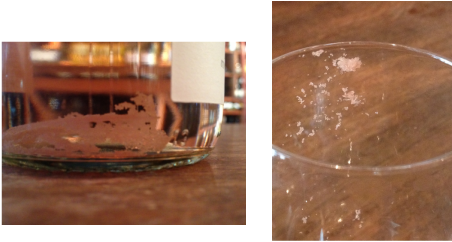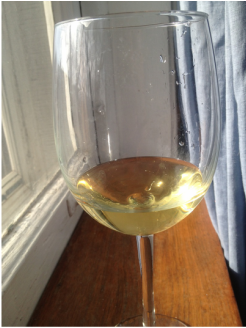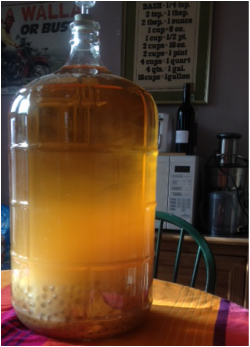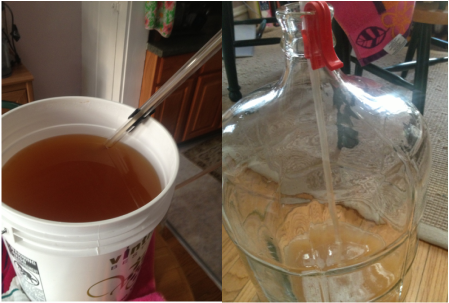I also love thinking about the care that goes into making it!
Most rose is made by taking red wine grapes (truly, almost any red wine grape can be made into rose, though it is usually the lighter bodied, fruitier ones) and then depending on how much color and flavor is wanted, processed one of the following ways:
- Letting the weight from the grapes on top of the bin break up the grapes on the bottom, and in doing so, the skins of the broken grapes give just a hint of color and flavor to the juice. Only a little bit of juice is obtained here, and it usually will be bled off, while the remaining grapes will be crushed, fermented, and made into red wine (this process is called "saignee" which means "bleeding" in French.) It is difficult to control just how much color you'll get here, but it is economical, and when done well, very, very tasty.
- If the grapes are very dark and bold, then sometimes they are brought into the winery and pretty much pressed right away. In the pressing, a little bit of color will be extracted (in cases where white wines are made from red grapes, this is the method used. With light grapes like pinot noir, you can manage to get almost no color at all!) but the skins and seeds are kept out of the juice enough to keep it from becoming red wine.
- With lighter grapes, often the winemaker will crush as with a red wine, but rather than letting the juice ferment on the skins for a few days, it'll be pressed off after a number of hours. This gives the winemaker control over just how much color and flavor they want brought into the wine. It can involve staying up all night checking the juice!
- Finally... Some roses are actually made by blending red and white wines... To me, this is a cop-out, but it does happen...usually in California- get it together, California.
At this point, the pink juice will be fermented, usually to dryness, and processed much as a white wine would be.
Hopefully, reading that list helps you realize just how much care a winemaker has to exert in order to get a good rose! You can't just set it and forget it with this one. If you know what color and flavor profile you want your wine to have, you have to keep checking the juice as you go along- making sure it doesn't get too dark or bold. Once it slips too far, you've got red, and can lose the delicacy and lightness associated with rose.
Some the roses I've liked best have been made from Syrah, Cinsault, Gamay, Grenache, and even Pinot Noir (which isn't always my fave as a red, but lends itself to a light, earthy rose.)
You'll notice I didn't go into the pink moscatos, white zinfandels, and other overly-sweet abominations... This is because I think they've given rose a terrible reputation, and I don't like them! My choice!
Go find a nice bottle of rose, chill it, and as you sip it, think about all the care and love that went into its creation! Mmmm!




 RSS Feed
RSS Feed